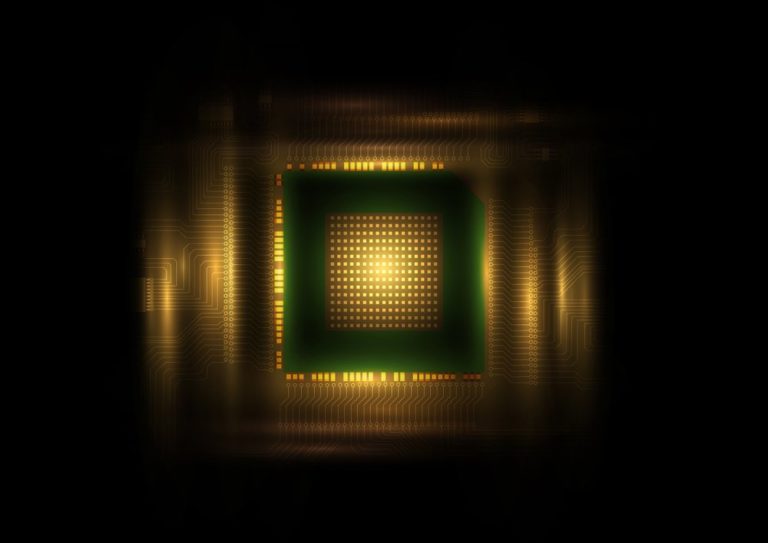Scientists from the QuTech research team in the Netherlands have created the first multi-node quantum network. By connecting three quantum processors, they have laid the foundation for an internet for quantum computers.
Normal computers communicate with bits that can be a 1 or a 0. Therefore, the entire internet is built up in sending and receiving such bits. A future quantum internet, however, will be built from quantum bits that can be both a 1 and a 0 at the same time, writes QuTech on its blog.
“A quantum internet will open up a range of novel applications, from unhackable communication and cloud computing with complete user privacy to high-precision time-keeping,” says Matteo Pompili, PhD student and a member of the research team. “And like with the Internet 40 years ago, there are probably many applications we cannot foresee right now.”
Intermediate node
The problem of linking two quantum computers together had already been solved in the past decade. However, if you want to set up a real internet, the signals must also be able to travel through an intermediate device such as routers. The researchers succeeded in achieving shared quantum entanglement between two different quantum processors for the first time, while there was still a node between the two processors.
The set-up consisted of a rudimentary installation of three quantum nodes spaced apart within the same building. To get these to talk to each other as a network, the researchers had to design a new architecture that could scale a network beyond just a single link.
The middle of the three nodes was physically connected to the two outer nodes and could enter into a shared quantum entanglement with each of them. Furthermore, the middle node was equipped with an extra quantum bit that can be used as memory. This allows an existing quantum link to be stored while a new one is created. By means of a number of quantum operations the middle computer can therefore transfer a quantum link from one computer to another.
Beginning and end signal
An important element in passing on information is to add a clear signal where the information starts and where it ends. This makes it possible for several transfers to take place, which is necessary for scalability. QuTech’s scientists have also managed to add such a signal.
Second breakthrough in a short time
This is the second time in less than a month that QuTech has come forward with a breakthrough in quantum computing. At the end of March the research team claimed to have built the first quantum computer in which four qubits operate together in a grid.
